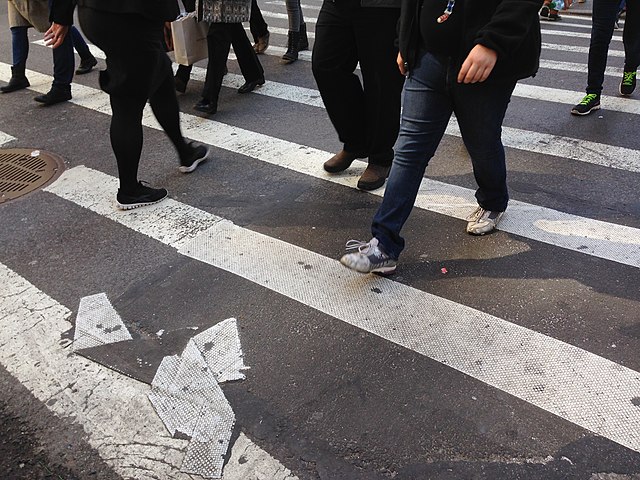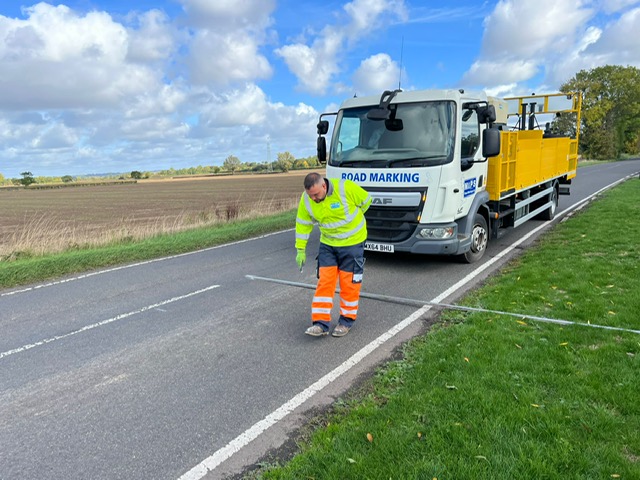In the bustling landscape of urban infrastructure, amidst the cacophony of vehicles and pedestrians, there exists a silent artist whose canvas is not canvas at all, but rather the very roads we traverse. Road painting, often overlooked in its significance, plays a vital role in guiding and organizing the flow of traffic, enhancing safety, and even adding aesthetic appeal to our surroundings. From the conceptualization phase to the final strokes of paint, let us delve into the intricate journey of road painting.
Conceptualization: Where Art Meets Functionality
Every road painting project begins with a vision—a vision that seamlessly blends artistic expression with functional necessity. This initial phase involves meticulous planning and coordination between urban planners, engineers, and artists. Factors such as traffic patterns, pedestrian crossings, and environmental considerations are carefully analyzed to determine the most effective layout for road markings.
In recent years, advancements in technology have revolutionized the conceptualization process. Computer-aided design (CAD) software allows designers to create detailed renderings of proposed road markings, providing a realistic preview of the finished product. This not only streamlines the planning process but also enables stakeholders to make informed decisions regarding layout and design.
Preparation: Setting the Stage for Creativity
With the conceptual groundwork laid, the next step is preparation. Before any paint touches the pavement, the road surface must be thoroughly cleaned and prepared to ensure optimal adhesion and longevity of the markings. This typically involves sweeping the surface to remove debris, repairing any cracks or damage, and applying a primer coat if necessary.
Additionally, specialized equipment such as stencils, thermoplastic applicators, and line striping machines are prepared for use. These tools not only expedite the painting process but also ensure precision and consistency in the final result. For complex designs or intricate artwork, skilled artisans may be enlisted to hand-paint details with precision brushes. Please take a moment to visit Line Marking Pro to find more useful tips and ideas about road painting.

Execution: Bringing the Vision to Life
With meticulous planning and preparation complete, it’s time for the real magic to happen—the execution of the painting process. Depending on the scope and complexity of the project, road painting may involve various techniques and materials, each tailored to meet specific requirements.
For standard road markings such as lane dividers and crosswalks, thermoplastic materials are often used due to their durability and visibility. These materials are heated to a molten state and applied to the road surface using specialized equipment, creating crisp, long-lasting lines that withstand heavy traffic and inclement weather.
In contrast, decorative road painting, such as murals or artistic designs, may employ traditional paint applied by skilled artists. This allows for greater creativity and customization, transforming mundane roadways into vibrant works of art that captivate the imagination and enrich the urban landscape.
Inspection and Maintenance: Ensuring Longevity and Safety
Once the painting process is complete, thorough inspection and quality assurance measures are undertaken to verify adherence to design specifications and regulatory standards. This includes assessing the visibility and clarity of road markings, ensuring proper alignment and spacing, and addressing any imperfections or deficiencies.
Regular maintenance is also crucial to preserving the integrity and functionality of road markings over time. This may involve routine cleaning to remove dirt and debris, as well as periodic reapplication of paint or thermoplastic materials to refresh faded or worn markings. By proactively addressing maintenance needs, municipalities can ensure optimal safety and efficiency on their roadways.
Conclusion: The Intersection of Art and Function
In conclusion, road painting is far more than a mundane task of marking pavement—it is a harmonious blend of artistry and functionality that shapes our urban landscape and enhances the safety and efficiency of our roadways. From the initial conceptualization to the final strokes of paint, each phase of the road painting process plays a crucial role in bringing vision to fruition.
So, the next time you navigate the streets of your city, take a moment to appreciate the silent artistry beneath your wheels—a testament to human ingenuity and creativity in the most unexpected of places.

